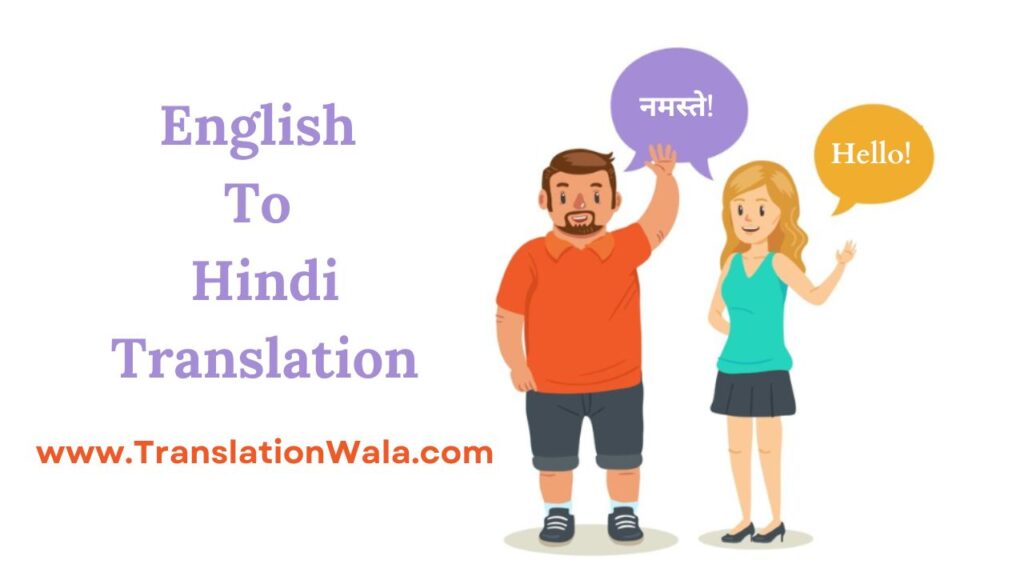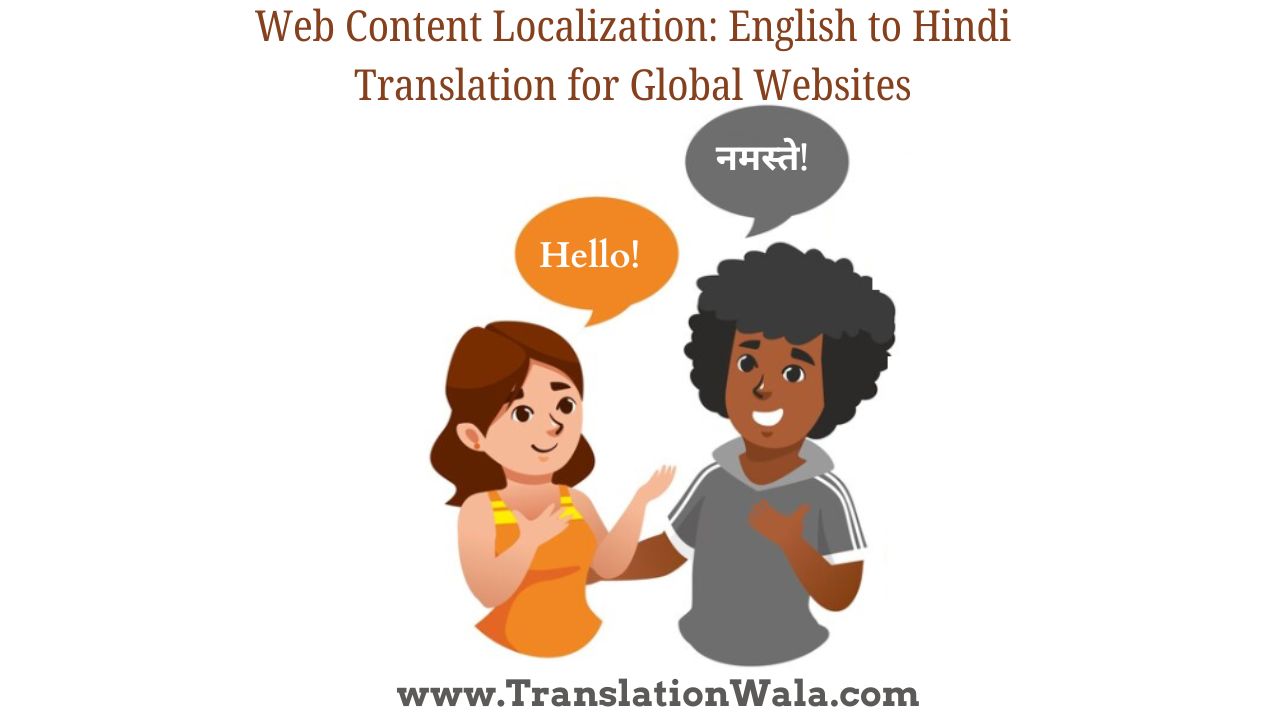Today’s world is so linked that reaching people around the world isn’t just a dream, it’s a must for many companies. But having an English-language website isn’t enough. You have to speak the buyers’ language if you want to connect with them. This is where online content localization comes in, especially when websites want to reach the huge Indian market and need to translate material from English to Hindi Translation.
The Power of Hindi Website Localization
Hindi is the fourth most spoken language in the world, with more than 600 million people. India has a huge market for companies that are ready to spend in Hindi website translation. This is because India has a huge number of internet users. This is why it’s a strong plan:
- Increased User Engagement: When information is shown in a person’s original language, they are more likely to be interested in it. Hindi translation makes your website easier for people to use and helps potential customers trust you.
- Improved Conversion Rates: Research has shown that people are more likely to buy from websites that are written in their own language. Your conversion rates and sales numbers can go up by a lot with a native website.
- Enhanced Brand Image: Putting in the work to translate your website into Hindi shows that you care about your Indian audience and makes your brand look professional and global.
Also Read: Enhancing Reach: Professional English to Punjabi Translation Services

Beyond Simple Translation: Website Localization for Hindi Users
Localizing a website well is more than just changing words. Here are some important things to keep in mind when translating a website from English to Hindi Translation:
- Cultural Nuances: Hindi has many different languages and cultural meanings. Pick interpreters who know where the target audience lives and what their culture is like. Some English jokes or words might not work well in other languages and need to be changed.
- Visual Content: Video clips, pictures, and images must be proper for different cultures. Think about adding images that will appeal to an Indian audience.
- Date & Currency Formats: Make sure that the dates, times, and currency symbols are shown in a way that Indian people are used to seeing them.
- Right-to-Left Reading: Hindi is written from left to right. Make sure that the style of your website works with this way of reading.
- Technical Considerations: After translating your website, make sure that all of the tools, forms, and buttons work properly in Hindi by testing it carefully.
Choosing the Right Approach for English to Hindi Translation
There are a few different ways to go about translating a website from English to Hindi:
- Machine Translation (MT): MT tools that are free or don’t cost much can translate words and phrases, but they often have trouble with subtleties and context. For short, easy material, you might want to use MT as a starting point, but it should always be edited by a person.
- Human Translation: Professional translators who know your business well and have experience localizing websites can give you high-quality versions that are correct and capture the tone and meaning you want.
- Hybrid Approach: For bigger jobs, a cost-effective option is to use both machine translation and human rewriting.
Additional Tips for Successful Hindi Website Localization
- Identify Your Target Audience: Make sure that the material and tone of your website are tailored to the likes and needs of your Indian target group, such as young workers vs. people who live in rural areas.
- Use Clear and Concise Language: Don’t use too much scientific language or too many complicated sentence patterns. Make your writing clear and simple so that people who speak Hindi can understand it.
- Ongoing Maintenance: Make sure that your Hindi version is always up to date as the information on your website changes.
Conclusion:
You can tap into the huge Indian market by paying for professional English to Hindi Translation. A localized website builds trust, makes the user experience better, and raises brand awareness. This leads to more involvement, higher sales rates, and, in the end, business growth. So, if you want to go global, make sure that people who speak Hindi can view and enjoy your website.



